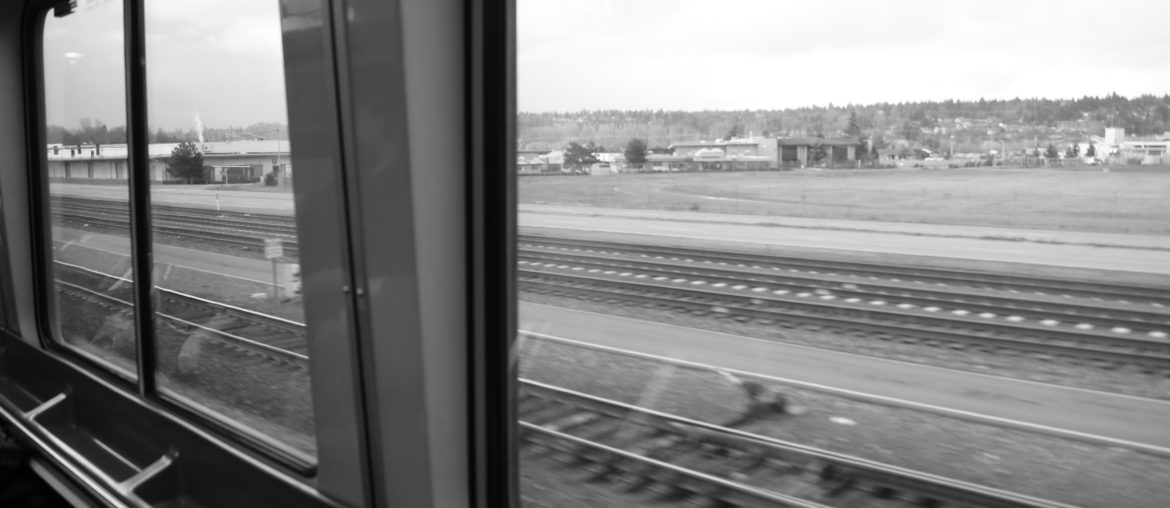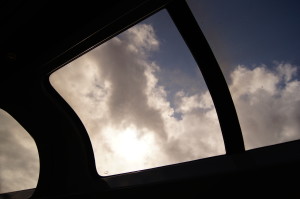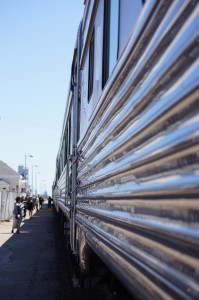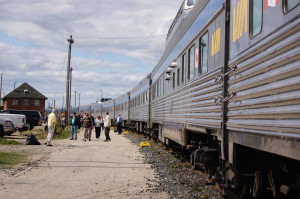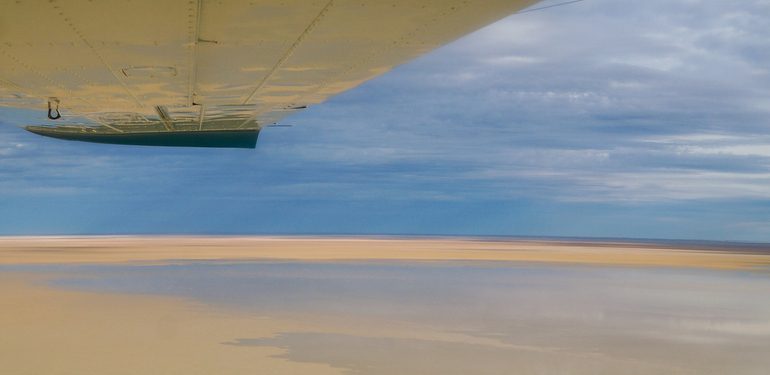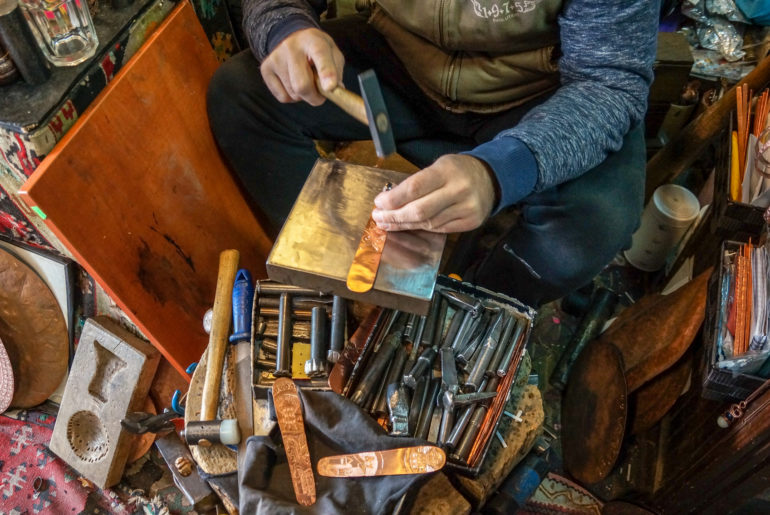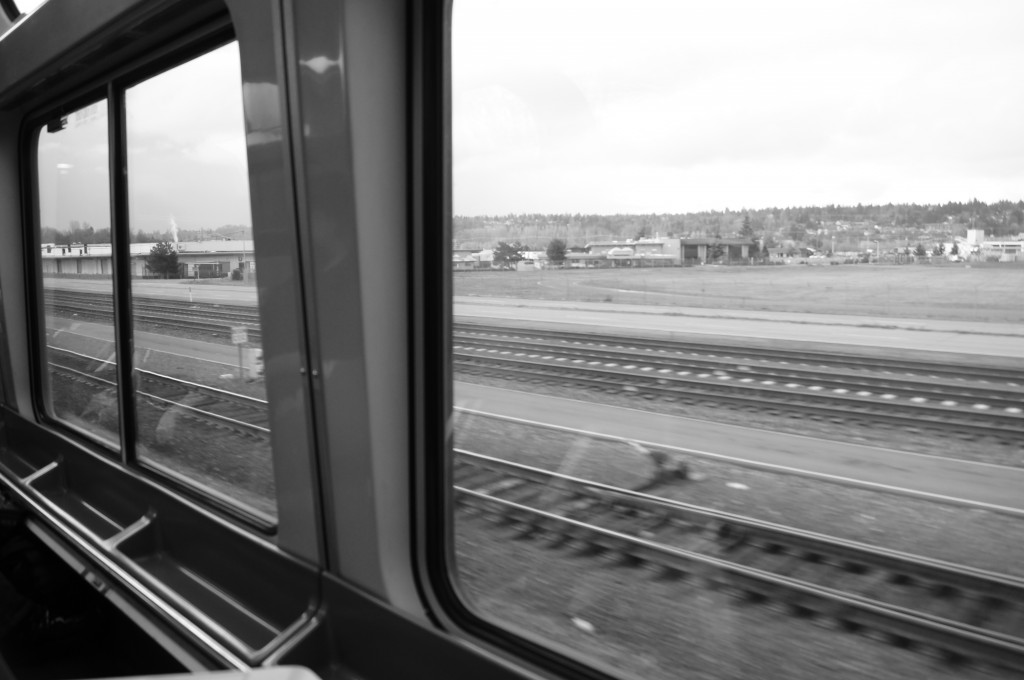 By the time I arrived in Halifax, Nova Scotia, nearly three weeks after leaving Vancouver’s Pacific Station, I had spent four and a half days on a train. I’d covered more than 6000km.
By the time I arrived in Halifax, Nova Scotia, nearly three weeks after leaving Vancouver’s Pacific Station, I had spent four and a half days on a train. I’d covered more than 6000km.
It wasn’t all at once: I turned it into a three-week trip. But it was certainly pushing the boundaries of comfortable transport.
Now I love trains. I love travelling through areas of the world that aren’t filled with traffic and highway signs and seeing untouched landscape instead of a safety 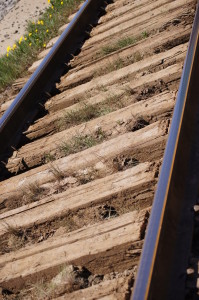 demonstration I could give verbatim.
demonstration I could give verbatim.
I love that passengers throughout a carriage will become part of the same conversation; that I make new friends every meal; that I have a seemingly never-ending maze of carriages to explore when I want to stretch my legs.
Rail travel has certain romance and charm; a throwback to the days when it was the only way to travel. However it isn’t all fun and games and cocktail hour in the dining car.
Slow going
Without stopping, it takes four days to travel from Vancouver to Toronto. A flight is five hours. Even allowing time for driving to the airport, check in, security, waiting for your luggage and driving from the airport, it’s a no-brainer. In January I took the train from Seattle to San Francisco. It took 24 hours. A flight takes two. The price was about the same.
It’s not pretty
By “it” I mean me. If you’re doing the whole trip in Comfort Class (economy), that’s four days without a shower. At breakfast it’s easy to pick the coach passengers from the others. They’re the ones with oily hair, crumpled clothes, and the pattern of the seat cushions indented in their cheek. Of course there is the option of having a bed and shower, but it’s not cheap. For the price of my rail pass with Via Rail, which gave me essentially 14 trips over three weeks, I could have had a sleeper for two of those trips.
Captive patrons
While the meals on board are reasonably priced and quite tasty, options are limited. If you eat all three main meals in the dining car, be prepared to hand over $40 to $50 a day. Also on some trains preference is given to those travelling in the sleeper carriages so by the time you get to make a reservation, you may only have the choice of the most unpopular time slots: really early or really late.
Tight schedule
If you plan to travel cross-country, you don’t get much say in when you go. There’s no “oh I’ll take the later one so I can sleep in”. Either you get on board when it rolls through, whether that’s at 2pm or 2am, or you miss out. And if you plan to get off to explore while on the Canadian route, you’ll be waiting three days for get back on. There are more options in the corridor however.
So how do you survive?
Don’t take the train if the destination is more important than the journey. You’ll simply get frustrated with spending day after day staring out a window.
Do what you can to feel “normal”. Wear your pjs to sleep, change into fresh clothes in the morning, wash your face, brush your teeth etc. You’ll feel much better for it. Take a blanket and a pillow too. It’s worth it.
Pack snacks so you’re not running to the café car every time your tummy rumbles. Fruit, nuts, granola bars etc. You’ll quickly tire of the on-board selection, plus it will save you a few dollars.
Get off whenever there is an extended stopover. The crew will tell you when this is an option. Even if it’s just for 10 minutes, the fresh air will do you good.
Don’t feel guilty if you sleep through some of “the good bits”. How often do 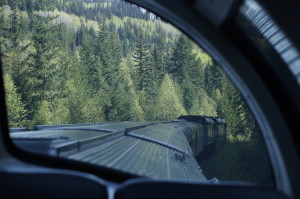 you get this much time to relax? Read a book, stare aimlessly out the window, have a snooze at 1pm and then again at 5pm. Time stands still. Enjoy it.
you get this much time to relax? Read a book, stare aimlessly out the window, have a snooze at 1pm and then again at 5pm. Time stands still. Enjoy it.
Get to know your fellow passengers. Most people are full of great stories, even if they don’t realise it. Trains are very social environments so make the most of it, except when the lights are dimmed. It’s the universal sign for shut the hell up, I’m trying to sleep.

